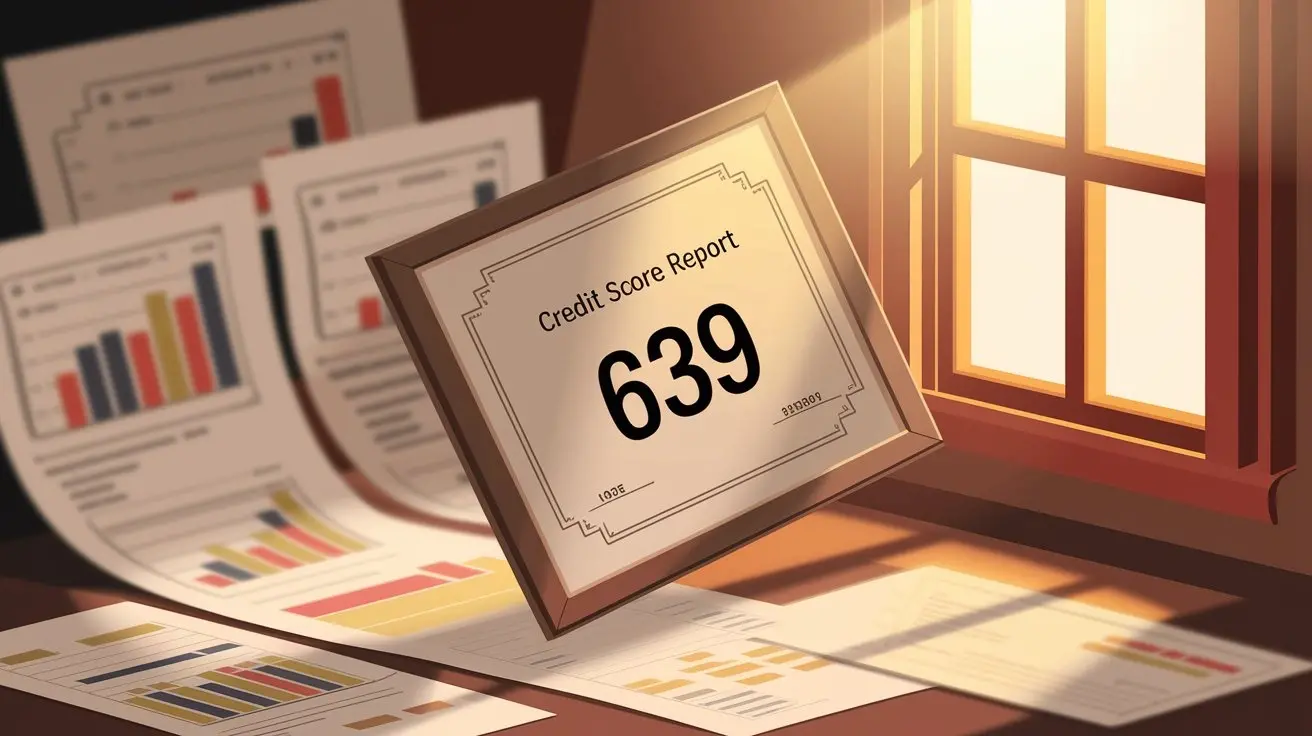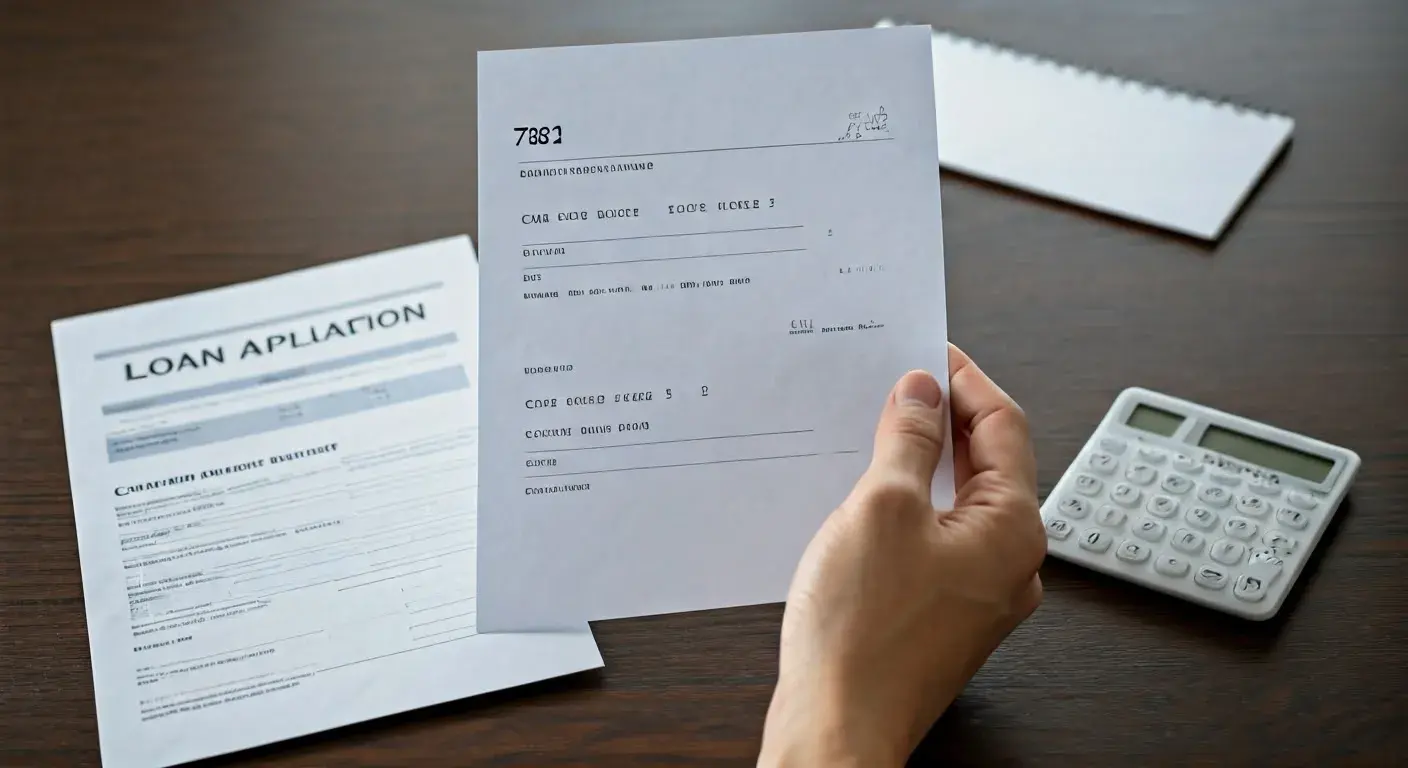-
Posted on: 01 Aug 2024
-
It is possible to raise your credit score by 100 points or more, but this is not a one-day affair and requires consistent work. Nevertheless, if the credit rating is not bad at all, it is possible to increase it by 100 points within a few months following certain tactics.
The first thing to know is what constitutes your credit score. The most common credit scoring model, FICO, bases its scores on five main factors: The most common credit scoring model, FICO, bases its scores on five main factors:
- Credit history – 35 percent
- Amount of credit used compared to the credit limit – 30%.
- Credit history: length of credit history – 15%
- Credit utilization – 10%
- New credit applications – 10%
Particularly, payment history and credit utilization account for 65 percent of the total score. Thus, it is clear that focusing on those areas could reap the most benefits if you wish to boost your total score by a hundred points.
Always Be Sure to Pay All Your Bills On Time
Payment history shows how faithfully you fulfill your debt responsibilities. This covers credit cards, loans, mortgages, and any other debt showing up on a credit report. With the recent years given most weight, this is the borrower's record of capacity to pay in the past years.
Although late payments are never ideal, if you have any, turning current and then paying all of your bills on schedule will help to quickly correct things. On the other side, when your credit score has been negatively marked, it might take roughly six months of timely bill payment to positively change it. The above actions are quite beneficial for you to start paying your bills on time if you have not been doing so; but, if you are already paying your bills on time, do not change anything. One can find useful solutions by automating payments and creating reminders.
Lower Credit Utilization
Credit utilization refers to the amount of credit card limits that are being used at a certain period. It is done both for the total credit and for certain cards. According to the conventional knowledge, one should aim for utilization to be below 30% to have a good score. However, lower is better.
The quickest way to reduce these numbers is to pay off credit on rotating lines such as credit cards. As for regulatory balances, what helps is to get them all well under 10% – or even below 5% – and, at times, down to zero, can add points. It is also important to note that one does not need to have monthly debts for credit to be good; it is even the opposite.
Do Not Apply for More Credit As Soon As Possible
An activity that may take time is applying for several new credit accounts within a short period. It is beneficial in the long term to have different kinds of accounts, such as installment loans, mortgages, and credit cards (these types of accounts are called ‘credit mix’. One credit card can also hurt your utilization management compared to using two or three cards. However, when you apply for new credit, the institutions conduct hard inquiries on your credit reports. They also reduce the ‘average age of your accounts’ – two of the three attributes that affect your credit score. Therefore, high new credit volume could offset other fast gains from various approaches meant to improve your credit score. It is advised to avoid this problem by not applying at all or applying only for six months.
Depending on the credit bureau, it is possible to check all three reports.
Before beginning your mission to add over 100 points, obtain your complete credit reports from Experian, Equifax, and TransUnion. The credit scoring models are slightly different at the bureaus so your scores may vary according to your credit profile. It is especially important to ensure that no mistakes make your credit worse than it is. If you find any errors, object to them as soon as possible with each of the agencies. Fixing errors alone could easily earn you an additional 100 or more points.
Give It Time
Certain credit score factors are time-related and may include the number of years you have been using credit, the age of the first credit card, or the oldest active credit account. These statistics will gradually increase as months and years pass by. That, I’m afraid, cannot be hastened. What you could do is maintain healthy credit habits to go forward – for example, paying your credit on time monthly and keeping your credit utilization ratio low. It’s more likely that if you have been following the above steps, you will start to see your score rise steadily after six to nine months. With hard work, it becomes possible to gain as many as 100 points or even more. Intervals of every other month would enable you to track your progress by constantly checking your score.
Depending on the details of your case and your initial rating, achieving the 100-point mark may take three months, half a year, or even more. However, if they maintain responsible credit, most people can achieve that within a year. The habits you will develop will ensure you are creditworthy throughout your life, with low interest rates, quality loans, and financial prosperity.
Call now for expert credit repair services: (888) 803-7889
Read More:
How fast can I add 100 points to my credit score?
Can I check my credit score without taking a hit?
What's my credit score if I've never had a credit card?
Is it bad to check your credit score?
How can I safely get my credit score?




